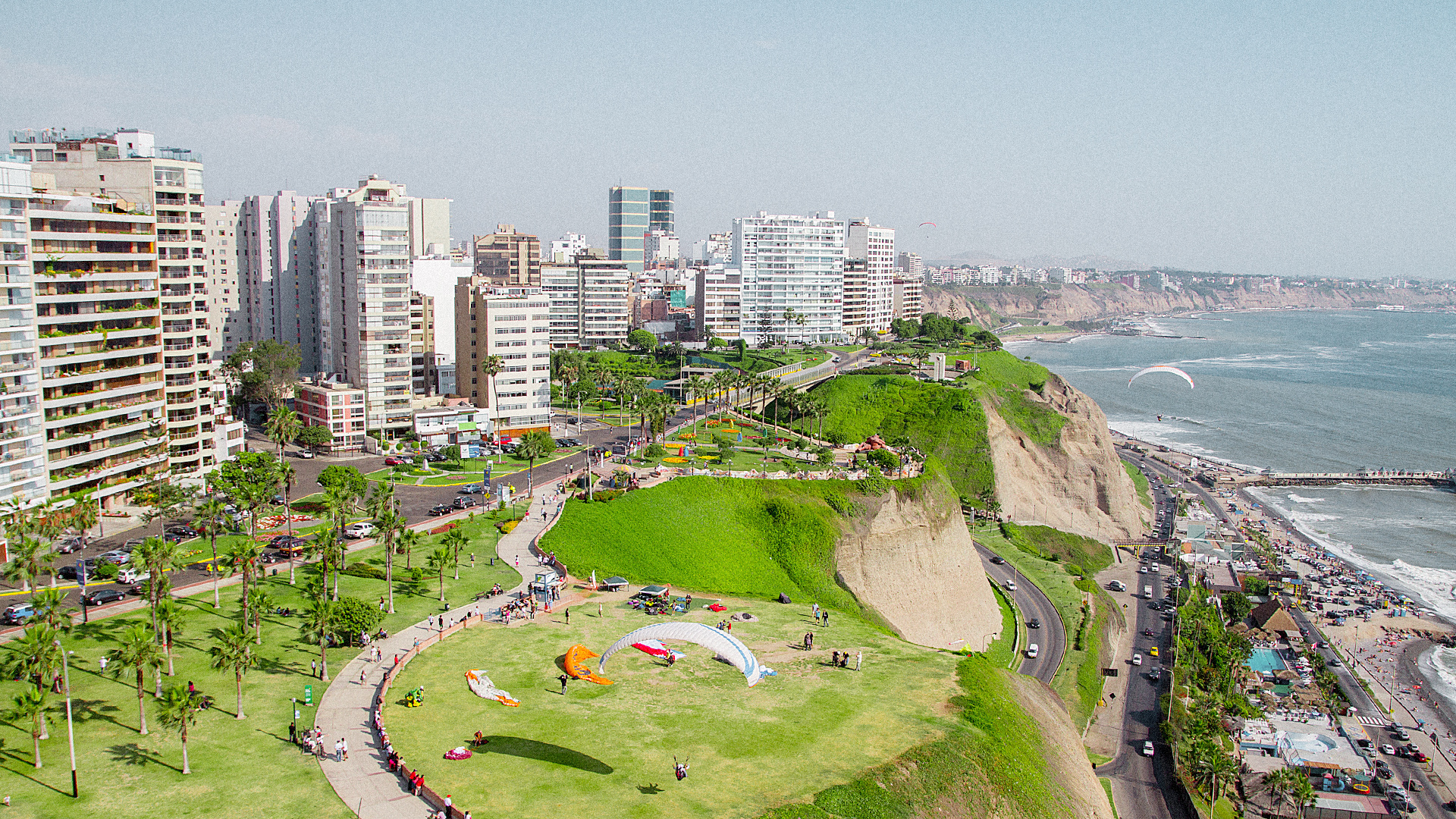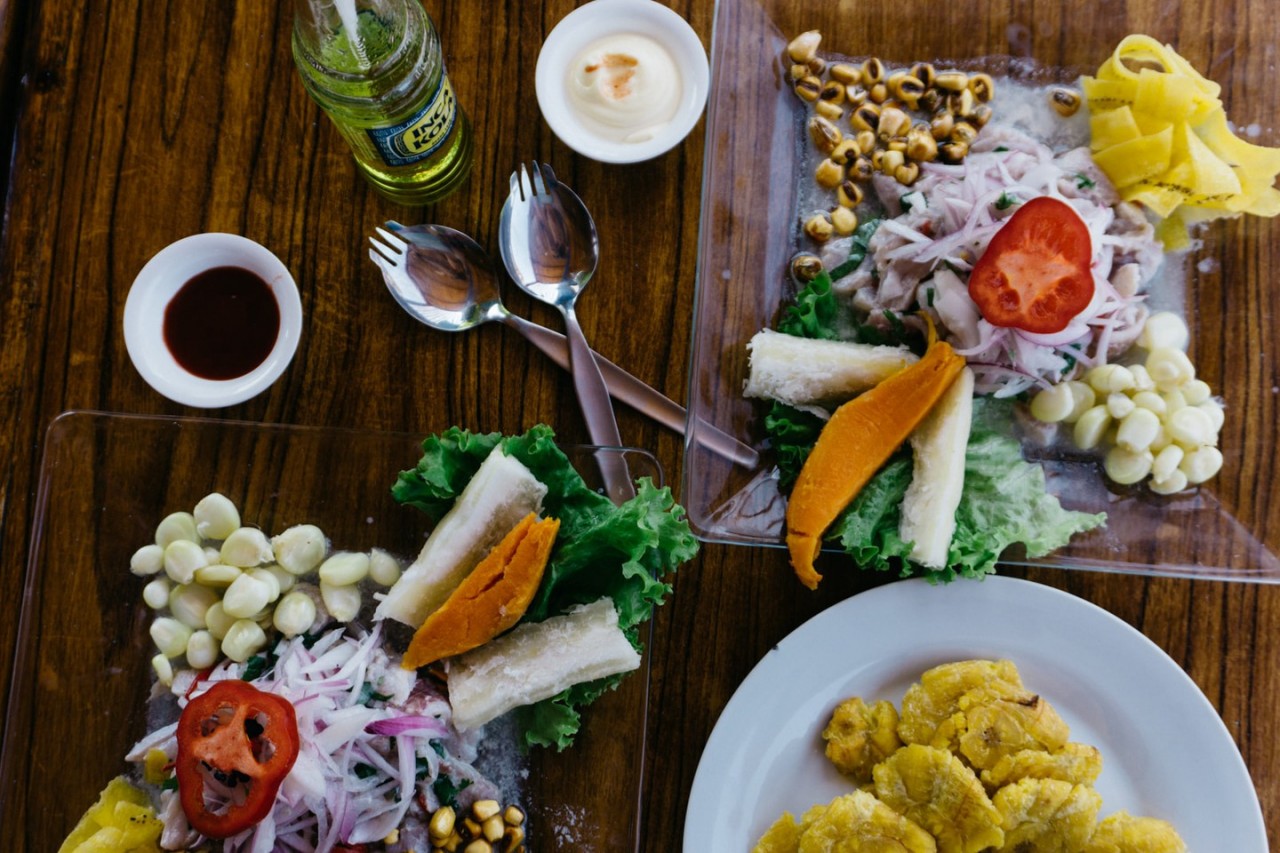Lima: The World's Rainless City
 Nestled between the Pacific Ocean and the Andes Mountains, Lima, the capital of Peru, stands as a paradox in meteorological phenomena. Known for its vibrant culture, rich history, and culinary excellence, Lima also holds the intriguing title of the world's rainless city. This unique characteristic shapes every aspect of life in Lima, from its architecture to its daily routines. Welcome to a city where rain is a rarity and resilience is a way of life.
Nestled between the Pacific Ocean and the Andes Mountains, Lima, the capital of Peru, stands as a paradox in meteorological phenomena. Known for its vibrant culture, rich history, and culinary excellence, Lima also holds the intriguing title of the world's rainless city. This unique characteristic shapes every aspect of life in Lima, from its architecture to its daily routines. Welcome to a city where rain is a rarity and resilience is a way of life.
Lima's climate is classified as a subtropical desert, despite its coastal location. The city receives less than 0.3 inches (7.6 mm) of rainfall annually, a figure so minuscule that it's often dismissed as negligible. This is due to the Humboldt Current, a cold ocean current that flows along the coast of Peru, cooling the air and inhibiting the formation of rain clouds.
The city's landscape is an unusual mix of desert and urban sprawl. While the nearby Andes contribute to the stunning backdrop, the immediate environment is dominated by sandy expanses and rocky hills. The Pacific Ocean, though often shrouded in mist and fog, offers a stark contrast to the dry land, creating an atmospheric, almost surreal coastal ambiance.
Ingenious Adaptations
Lima's architecture is a testament to its dry climate. Traditional homes and modern buildings alike are designed to cope with the absence of rain. Flat roofs, open courtyards, and light construction materials are common features, ensuring that the rare rainfall events do not cause damage or flooding.
Water conservation is a critical aspect of life in Lima. The city's water supply largely depends on rivers originating in the Andes and is supplemented by wells and desalination plants. Every drop of water is precious, and efficient usage is ingrained in the daily habits of Limans. Public campaigns and educational programs emphasize water-saving techniques, ensuring that the population remains vigilant about their consumption.
The Misty Enigma: La Garúa
Despite the lack of rain, Lima is no stranger to moisture. The city is famous for "La Garúa," a persistent mist that blankets the city from June to October. This mist, a result of the cold Humboldt Current meeting the warmer air over the land, creates a gray, overcast environment that defines Lima's winter months.
La Garúa doesn't bring the refreshing downpour that rain provides, but it offers a unique form of humidity. Plants and greenery have adapted to absorb this moisture, creating pockets of lush gardens amidst the arid landscape. This mist also contributes to the city's unique microclimate, making Lima one of the few places where a desert city feels perpetually cool and damp.
Lima's lack of rain hasn't dampened its cultural vibrancy. On the contrary, the city thrives with a dynamic blend of traditions and modernity. Its streets are a mosaic of colonial architecture, pre-Columbian ruins, and contemporary structures. The Plaza Mayor, with its grand cathedral and government buildings, stands as a testament to Lima's historical significance. The city's culinary scene is world-renowned, drawing on Peru's diverse ecosystems and cultural influences. Lima is the birthplace of ceviche, a dish that epitomizes the fusion of fresh seafood and zesty citrus flavors. The city's chefs have mastered the art of creating exquisite dishes with minimal water, turning scarcity into a culinary strength.
The city's culinary scene is world-renowned, drawing on Peru's diverse ecosystems and cultural influences. Lima is the birthplace of ceviche, a dish that epitomizes the fusion of fresh seafood and zesty citrus flavors. The city's chefs have mastered the art of creating exquisite dishes with minimal water, turning scarcity into a culinary strength.
Festivals and celebrations are integral to Lima's cultural fabric. The city hosts numerous events throughout the year, from religious processions to music festivals. These gatherings bring the community together, creating a lively atmosphere that resonates through the city's streets and plazas.
The Future of Water
 As Lima continues to grow, the challenge of securing a sustainable water supply becomes increasingly critical. The city’s population is expanding rapidly, placing additional strain on its limited resources. Climate change exacerbates these challenges, with the potential to further reduce the already scarce water supply.
As Lima continues to grow, the challenge of securing a sustainable water supply becomes increasingly critical. The city’s population is expanding rapidly, placing additional strain on its limited resources. Climate change exacerbates these challenges, with the potential to further reduce the already scarce water supply.
In response, Lima is at the forefront of innovative solutions. The city has invested in advanced water treatment and recycling systems, ensuring that wastewater is repurposed efficiently. Efforts to restore and protect Andean wetlands, known as "bofedales," are also underway, recognizing their crucial role in water retention and supply.
Additionally, Lima is exploring the potential of fog-catching technology, inspired by ancient Incan techniques. These systems capture moisture from La Garúa, providing a supplementary source of water for irrigation and consumption. Such innovations reflect Lima's resilience and determination to adapt to its unique environment.
Lima, the world's rainless city, is a place of contrasts and ingenuity. Its dry climate shapes every aspect of life, from the architecture and water usage to the cultural vibrancy that defines its streets. Despite the challenges posed by its environment, Lima thrives, embracing its identity with resilience and creativity. As the sun sets over the Pacific, casting a golden hue over the city, Lima stands as a testament to human adaptability. It's a city that has learned to live without rain, finding beauty and vitality in the midst of aridity. Lima's story is one of endurance, innovation, and an unyielding spirit, proving that even in the driest of places, life flourishes.
As the sun sets over the Pacific, casting a golden hue over the city, Lima stands as a testament to human adaptability. It's a city that has learned to live without rain, finding beauty and vitality in the midst of aridity. Lima's story is one of endurance, innovation, and an unyielding spirit, proving that even in the driest of places, life flourishes.




























































